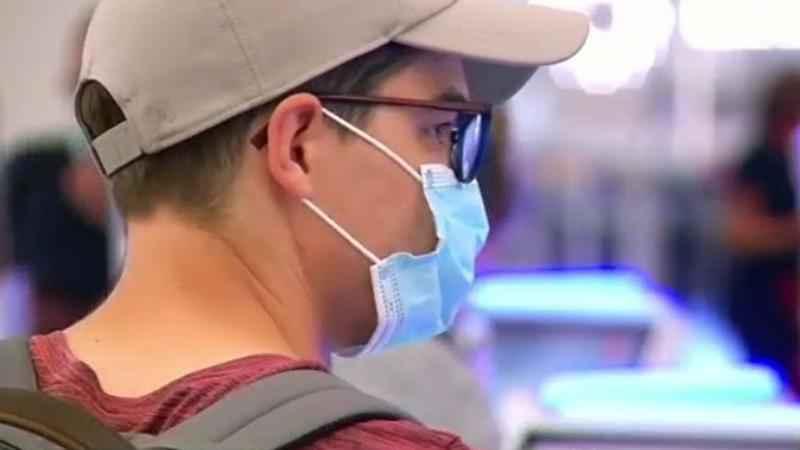14 Minnesota counties fit the bill for new CDC masking guidance in areas with high infection rates
[anvplayer video=”5046508″ station=”998122″]
As the Centers for Disease Control and Prevention revised recommendations Tuesday for COVID-19 safety precautions, Minnesota saw 14 counties listed by the CDC as areas that have “substantial" or "high" rates of new COVID cases.
The CDC said it used a combination of data to determine which counties across the country were considered to have substantial or high rates of new infections — most tied to the new delta variant of the virus.
Those two determinants are low vaccination rates coupled with a rise in new COVID cases.
Dr. Michael Osterholm, the director of the University of Minnesota Center for Infectious Disease Research and Policy, told 5 EYEWITNESS NEWS that Minnesota has done a very good job overall of getting people vaccinated. However, he said there are areas of the state they are watching closely to see what trends develop in the coming days and weeks.
“Minnesota has to feel good about what it’s done in regard to immunizations,” Osterholm said. “But the problem is we do have pockets within the state where we have low vaccination rates, and now these counties have not been highlighted yet because we haven’t seen transmissions, and the question we’re going to have to deal with over the coming days and weeks what do we do if we actually see those transmissions increase.”

[KSTP-TV]
Read KSTP’s latest coronavirus coverage
As of Tuesday, the CDC identified 11 Minnesota counties as having "substantial" levels of community transmission: Cottonwood, Dodge, Isanti, Mille Lacs, Pope, Redwood, Roseau, Scott, Swift, Traverse and Waseca. Meanwhile, Lake, Lake of the Woods and Wilkin counties were all considered as having "high" levels of community transmission.
As far as the current 14 counties are concerned, Osterholm said, “I think the message we want to get across is we’re not done with this virus yet, and so this is really targeted at those counties where we are seeing this very high level of transmission and for which vaccinations are still very low.”
Osterholm also said the CDC’s new recommendations, which include the suggestion all teachers, staff and students wear masks when they return to school, are “corrected science.”
“So, data that showed a year ago that showed kids were only infrequently infected, or only infrequently transmitting the virus. We now know is not the case,” Osterholm said. “Again, these guidelines are really reflecting the science as we now have it today as we’ve learned over the course of recent weeks and months.”